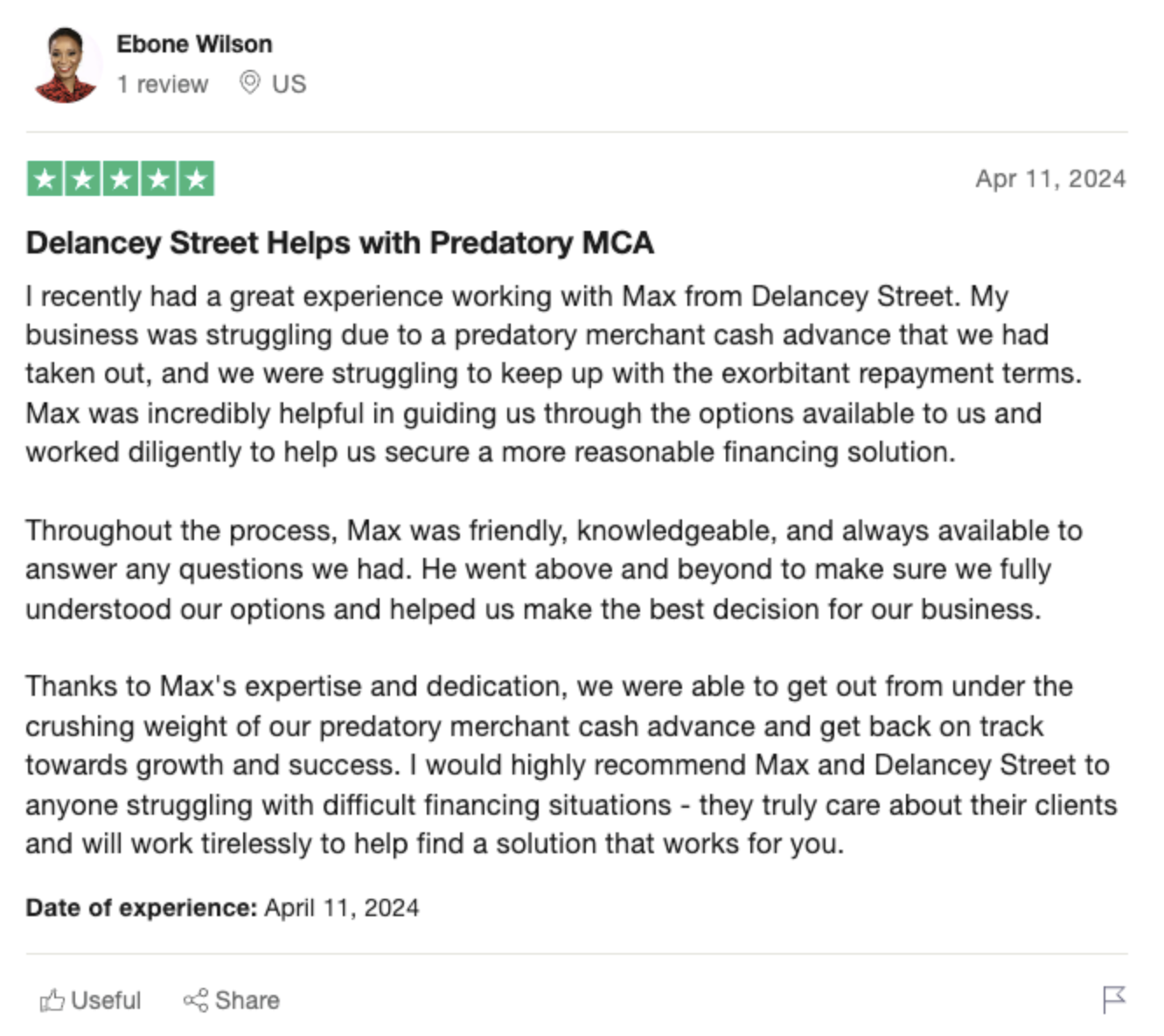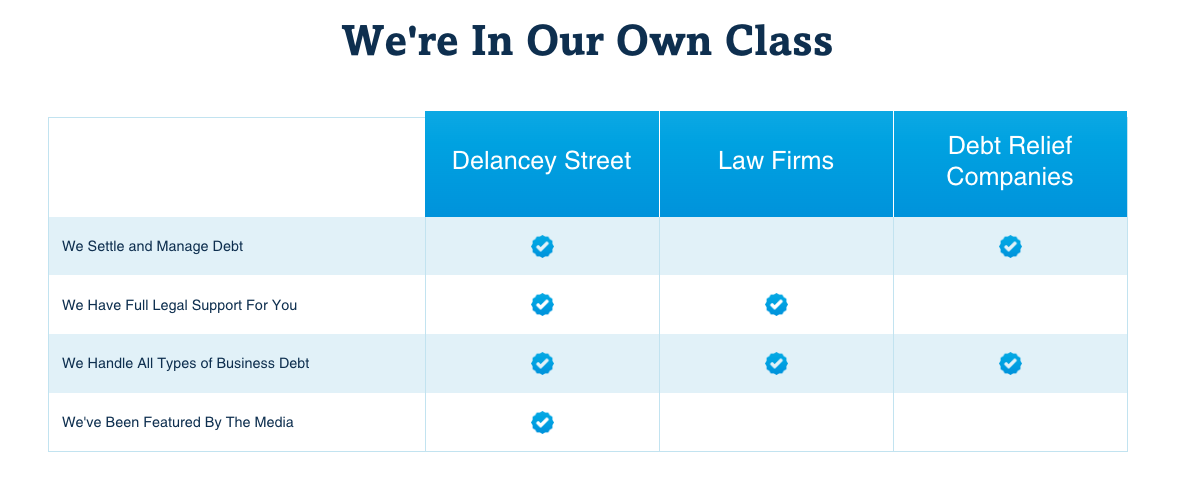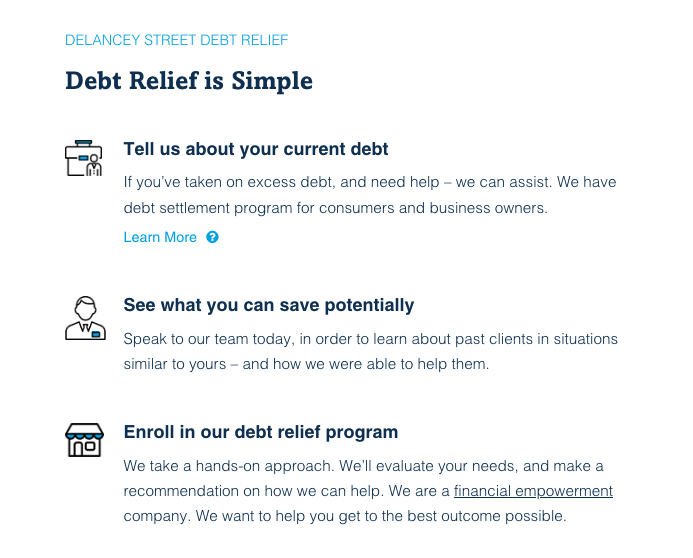The Pros and Cons of Business Debt Settlement Outside of Bankruptcy
Settling business debt outside of bankruptcy can be a double-edged sword. On one hand, it allows you to resolve debt quickly and avoid bankruptcy. On the other hand, it can damage your credit and business relationships. This article explores the pros, cons, and alternatives to better inform your decision.
 -
-What is Business Debt Settlement?
Business debt settlement involves negotiating directly with creditors to pay a lump sum that is less than the amount owed. This can relieve financial pressure and avoid bankruptcy, but doesn’t erase the debt or always repair credit. Third-party companies exist to facilitate settlement, but charge hefty fees.
The Pros of Business Debt Settlement
Quick Relief from Overwhelming Debt
Settling debt provides fast relief when you owe more than you can pay. Creditors may take a one-time lump sum payment of 20-60% of the balance to call it even. This resolves the debt immediately rather than making payments for years.
Avoid Business Bankruptcy
Bankruptcy devastates credit for 7-10 years. Settlement lets you resolve debt without filing bankruptcy. This preserves options for future financing.
Stop Collection Activities
Getting harassed by collectors is stressful. Settling stops calls and letters demanding payment. However, it doesn’t erase the default with credit bureaus.
 -
-Potentially Save Money
You may ultimately pay less through settlement, even with fees, compared to total payments over time. Just be sure to calculate bottom line savings after all costs.
Continue Operating Business
Bankruptcy forces businesses to cease operations. Settlement allows you to keep operating and generating revenue to recover.
The Cons of Business Debt Settlement
Damages Business Credit
Like bankruptcy, settling debt wrecks your business credit report. The original creditor records it as “settled for less than owed.” Other lenders see this as high risk.
Tax Consequences
The IRS treats settled debt as taxable income. You’ll get a 1099-C form reporting cancelled debt to count as income. Factor this into calculations.
No Guarantees
Creditors have no obligation to settle. They may refuse and still sue for original balance. Be prepared to pay in full if settlement fails.
 -
-Potential Lawsuits
When you stop paying creditors, they can sue for assets or garnish wages. Settling debt doesn’t prevent lawsuits. Evaluate litigation risk carefully.
Upfront Fees
Settlement companies charge hefty upfront fees before settling any debts. This cuts into potential savings. Avoid firms asking for large fees before providing services.
Credit Score Damage
Like bankruptcy, settling debt devastates your personal credit score for years. This blocks access to financing and ideal loan terms.
 -
-Alternatives to Business Debt Settlement
Debt Consolidation
Debt consolidation rolls multiple debts into a new loan with lower payments. This simplifies billing without settling balances. Learn more about business debt consolidation.
Payment Plans
Ask creditors for extended payment plans at lower monthly payments. This avoids settling debt at a discount. Success depends on creditor willingness.
Sell Assets
Selling valuable business assets can generate lump sums to pay debt. However, this also reduces capacity to generate future revenue.
Cut Expenses
Slashing business expenses preserves cash flow for debt payments. However, this only delays inevitable action if the debt load is unmanageable.
Key Takeaways – Business Debt Settlement Pros vs Cons
Settling business debt seems appealing but has lasting consequences. It devastates credit, risks litigation, and creates tax liability. Still, it beats bankruptcy. Carefully weigh options case-by-case.
The decision depends largely on business goals. Will credit access be needed later? What level of legal risk is acceptable? Measure these factors against potential savings.
Most importantly, act quickly. Ignoring overwhelming debt only worsens matters until you lose all control. Decisive action, whether settlement or otherwise, can empower you to shape the outcome.







